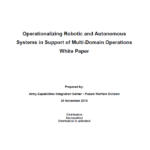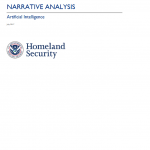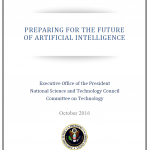
Robotic and Autonomous Systems (RAS) and artificial intelligence (AI) are fundamental to the future Joint Force realizing the full potential of Multi-Domain Operations (MDO 1.5). These systems, in particular AI, offer the ability to outmaneuver adversaries across domains, the electromagnetic (EM) spectrum, and the information environment. The employment of these systems during competition allows the Joint Force to understand the operational environment (OE) in real time, and thus better employ both manned and unmanned capabilities to defeat threat operations meant to destabilize a region, deter escalation of violence, and turn denied spaces into contested spaces. In the transition from competition to armed conflict, RAS and AI maneuver, fires, and intelligence, surveillance, and reconnaissance (ISR) capabilities provide the Joint Force with the ability to deny the enemy’s efforts to seize positions of advantage.


